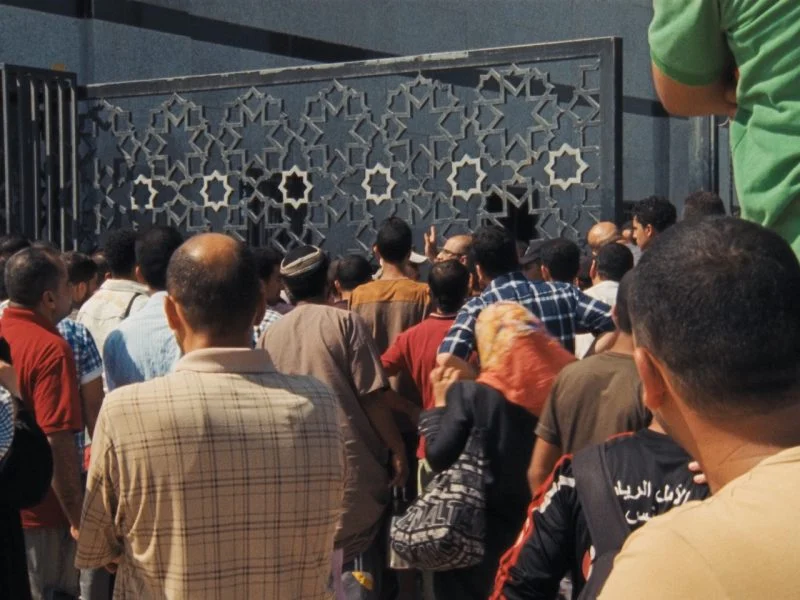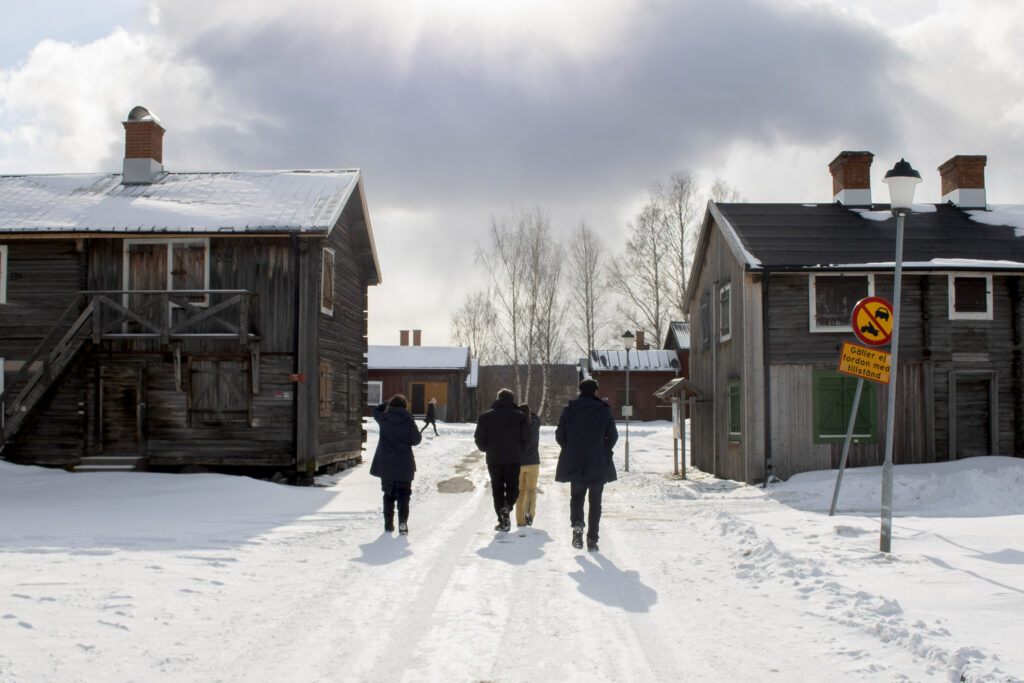Rosalind Nashashibi’s film Electrical Gaza (UK/Palestine, 2015, 17:53) will be screened in the UmArts Research Studio in partnership with LUX Moving Image. There will be time to reflect on the film, and a moment of silence to remember those in Gaza and all the lives lost in the conflict.
Nashashibi’s film Electrical Gaza was commissioned by the Trustees of the Imperial War Museum, London, and was shortlisted for the Turner Prize in Britain in 2017. The film combines her footage of Gaza, and the fixer, drivers and translator who were her constant company, with animated scenes. She presents Gaza as under a spell; isolated, suspended in time, difficult to access and highly charged. She shows us Gaza as she experienced it in the quiet pause before the Israeli bombardment in the summer of 2014. Nashashibi travelled to Gaza with producer Kate Parker and cinematographer and producer Emma Dalesman.
Rosalind Nashashibi is a London-based filmmaker and painter. Her films describe the qualities of experience, things and locations, asking questions such as: how do we work? How do we take care of one another? Her solo exhibitions include: the war artist commission at Imperial War Museum, London; UCI California; Objectif, Antwerp; ICA, London; and Chisenhale Gallery London. She has shown in Manifesta 7, the Nordic Triennial and Sharjah 10. She represented Scotland in the 52nd Venice Biennale. Nashashibi is a recipient of the Paul Hamlyn Award for artists, and in 2003 was the first woman to win Becks Futures. In 2017 she participated in documenta14 in Athens and Kassel and her film Electrical Gaza was nominated for the prestigious Turner Prize in the UK. Alongside her solo practice she is one half of the collaboration Nashashibi/Skaer with artist Lucy Skaer.


